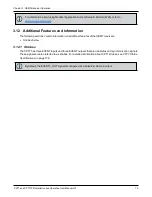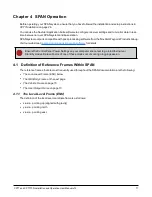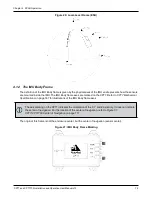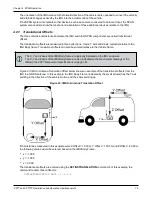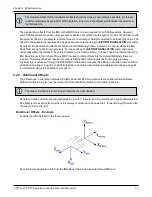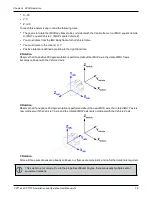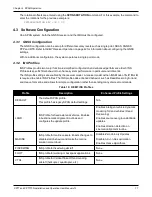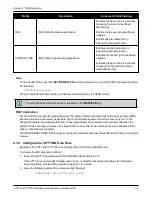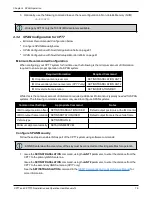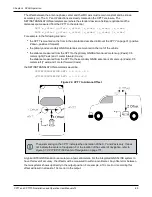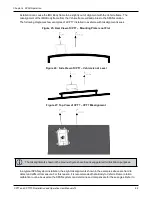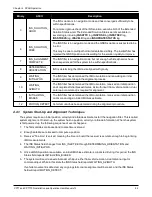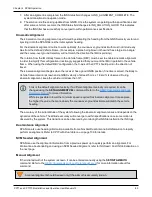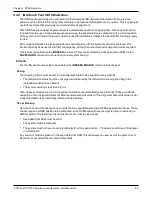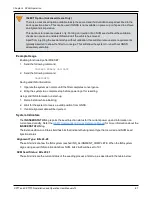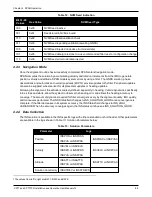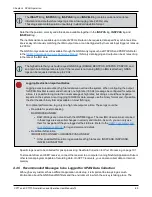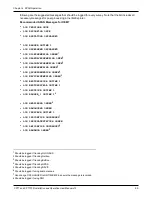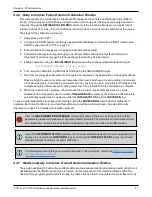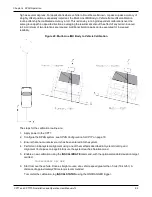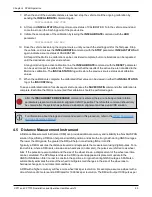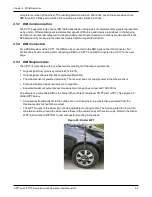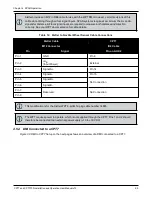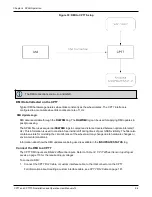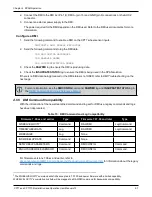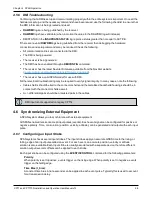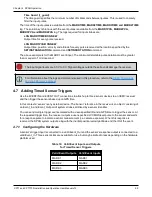
Chapter 4 SPAN Operation
CPT7 and CPT7700 Installation and Operation User Manual v12
84
Binary
ASCII
Description
3
INS_SOLUTION_
GOOD
The INS solution is in navigation mode and has converged sufficiently to be
within specifications.
For a more rigorous check of the INS solution, examine bit 6 of the Extended
Solution Status word. The Extended Solution Status word is available in
several logs, including
INSATTX
log,
INSPOSX
log,
INSSTDEV
log,
INSSTDEVS
log,
INSVELX
log and
INSUPDATESTATUS
log
6
INS_SOLUTION_
FREE
The INS filter is in navigation mode and the GNSS solution is suspected to be
in error.
This may be due to multipath or limited satellite visibility. The inertial filter has
rejected the GNSS position and is waiting for the solution quality to improve.
7
INS_ALIGNMENT_
COMPLETE
The INS filter is in navigation mode, but not enough vehicle dynamics have
been experienced for the system to be within specifications.
8
DETERMINING_
ORIENTATION
INS is determining the IMU axis aligned with gravity.
9
WAITING_
INITIALPOS
The INS filter has determined the IMU orientation and is awaiting an initial
position estimate to begin the alignment process.
10
WAITING_
AZIMUTH
The INS filter has determined the IMU orientation, received an initial position
and completed initial bias estimates. Azimuth input (from vehicle motion, dual
antenna or command) is required for alignment.
11
INITIALIZING_
BIASES
The INS filter has determined the IMU orientation, received an initial position
and is conducting an initial IMU bias estimate.
12
MOTION_DETECT
Vehicle motion has been detected during the alignment procedure.
4.4.1 System Start-Up and Alignment Techniques
The system requires an initial position, velocity and attitude estimate to start the navigation filter. This is called
system alignment. On start-up, the system has no position, velocity or attitude information. When the system
is first powered up, the following sequence of events happens:
1. The first satellites are tracked and coarse time is solved.
2. Enough satellites are tracked to compute a position.
3. Receiver “fine time” is solved, meaning the time on board the receiver is accurate enough to begin timing
IMU measurements.
4. The INS Status field changes from INS_INACTIVE through DETERMINING_ORIENTATION and
WAITING_INITIALPOS.
5. Once a GNSS position is available, an initial IMU bias estimate is conducted. During this period, the INS
Status field reports INITIALIZING_BIASES.
6. The system will require an external azimuth input, either from vehicle motion, dual antenna input or
command input. While in this state the INS Status field reports WAITING_AZIMUTH.
If vehicle movement is detected, any ongoing static coarse alignment will be reset, and the INS Status
field will report MOTION_DETECT.

